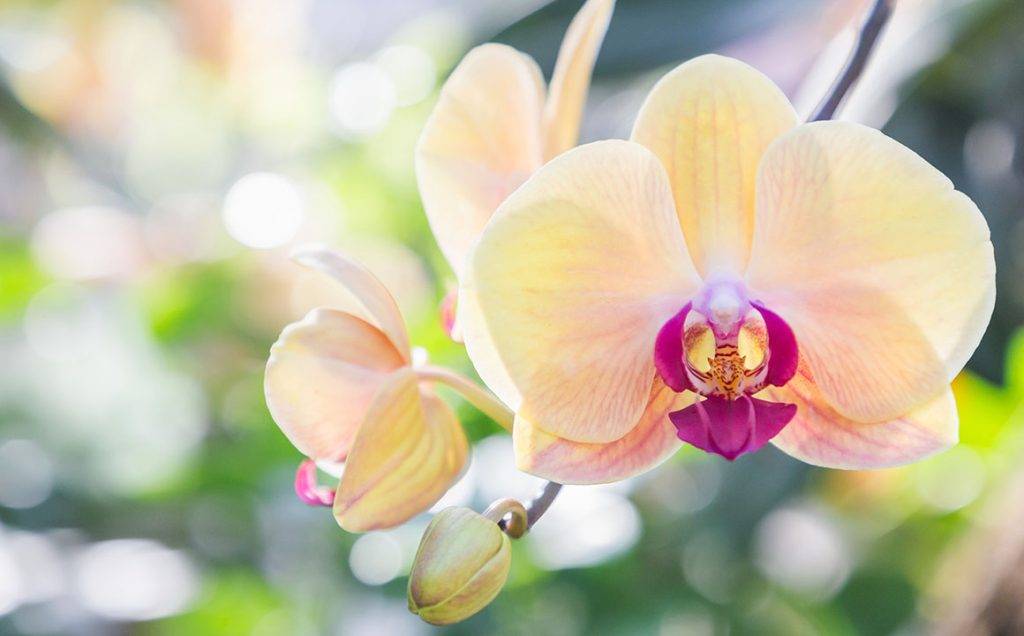If you ask me, orchids are the IT girls of the flower world. Their delicate petals, captivating flowers, and gentle nature just screams beauty and elegance. But truth be told — their exotic and timeless beauty can seem a bit intimidating to the average hobby gardener. Luckily, I’m here to help! With the right care and attention, anyone can enjoy the enchanting presence of orchids. No matter if you want to keep them indoors, your balcony, or garden — here’s everything you have to know about caring for orchids.
Understanding Orchids
Before diving into orchid care, it’s important to understand the unique characteristics of these fascinating plants. Orchids belong to one of the largest and most diverse families of flowering plants, with over 25,000 species found in virtually every corner of the globe. From the tropical rainforests of South America to the temperate woodlands of Asia, orchids have adapted to a wide range of environments and climates. However, as diverse and varied as they are, most of them still share very similar care needs. So, let’s explore what they are.
Light, Temperature, Humidity, Water
Light conditions are one of the most critical factors in caring for orchids. So, make sure your gorgeous blooms are always getting enough light. Remember, even though orchids thrive in bright, indirect light, direct sunlight can be a bit too harsh for them. So, make sure to place your orchids near a window where they can receive plenty of filtered sunlight throughout the day. If natural light is limited, you can fix it by supplementing it with artificial grow lights. to ensure your orchids receive the light they need to thrive.
Next, let’s talk about temperature and humidity. Orchids are sensitive to temperature and humidity fluctuations, so it’s essential to create a stable environment for them to thrive. Most orchids prefer daytime temperatures between 65-80°F and nighttime temperatures around 10°F cooler. Additionally, orchids thrive in humidity levels of 50-70%, which can be achieved by placing a humidity tray filled with water beneath their pots or using a room humidifier.
Last but not least, we have to talk about watering. This is actually one of the most common things that people do wrong when it comes to orchids. Overwatering can lead to rotting of the plant. So, instead of sticking to a strict watering schedule, it’s best to water orchids based on their individual needs and the conditions of their environment. Allow the top inch of the orchid’s potting medium to dry out between waterings, and always water in the mornings. This will allow excess moisture to evaporate during the day.
Maintenance: Potting, Repotting, Fertilizing
Now, let’s talk about the maintenance of your orchid plants. Orchids should be potted in a well-draining orchid mix that allows air to circulate around their roots. Repot orchids every 1-2 years, or when their roots outgrow their pot or the potting medium begins to break down. Also, don’t forget to fertilize them regularly during their active growing season. Use a balanced orchid fertilizer diluted to half strength, and apply it every 2-4 weeks according to the manufacturer’s instructions.
Regular pruning is essential for keeping orchids healthy and attractive. So make sure you remove any spent flowers or yellowing leaves as soon as they appear. This will not only promote new growth but also prevent the spread of disease. Additionally, periodically check for signs of pests or diseases, such as mealybugs or fungal infections, and treat them promptly to protect your plant babies.

